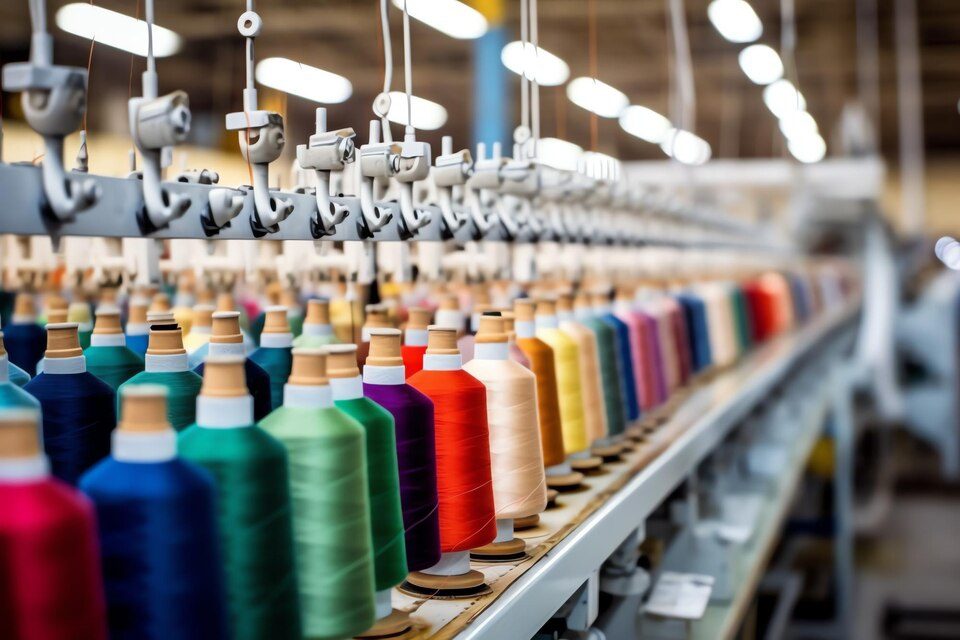Best Textile Exporters
Textile exporter have long been a cornerstone of international trade, weaving together economies and cultures through a rich tapestry of fabrics, patterns, and innovations. As global demand for high-quality textiles continues to surge, the textile export industry is experiencing an unprecedented boom. This article delves into the intricate world of textile exports, exploring the driving forces behind its growth, the leading players, and the future trends shaping this dynamic industry.


Historical Context and Evolution
Textile production and trade have ancient roots, dating back to the Silk Road era, when luxurious silk fabrics were exchanged across continents. Over the centuries, the industry has evolved, incorporating technological advancements and adapting to changing market demands. The Industrial Revolution marked a significant turning point, with the advent of mechanized looms and mass production techniques, revolutionizing the way textiles were manufactured and traded via Textile exporter.
In the contemporary era, textile exports have become a global phenomenon, with countries like China, India, and Bangladesh leading the charge. These nations have leveraged their abundant labor force, advanced manufacturing capabilities, and strategic trade policies to dominate the international textile market.
Key Players in the Textile Export Industry
1. China
China is the undisputed leader in textile exports, accounting for over 30% of the world’s total exports. The country’s dominance is attributed to its vast manufacturing infrastructure, skilled workforce, and government support. Chinese textiles are renowned for their competitive pricing and diverse range, from basic fabrics to high-end fashion textiles.
2. India
India stands as the second-largest textile exporter globally, with a rich heritage in textile production. The country’s textile industry is diverse, encompassing everything from traditional handloom products to modern synthetic fabrics. India is particularly known for its cotton and silk textiles, which are highly sought after in international markets.
3. Bangladesh
Bangladesh has emerged as a significant player in the global textile market, particularly in the ready-made garment sector. The country’s textile exports are primarily driven by its cost-effective production processes and a young, efficient workforce. Major global brands source their apparel from Bangladesh, making it a key hub in the global textile supply chain.
4. Vietnam
Vietnam has rapidly climbed the ranks in the textile export industry, thanks to its favorable trade agreements and robust manufacturing sector. The country specializes in producing high-quality garments for international markets, with a strong focus on sustainability and innovation.
Driving Forces Behind the Growth
Several factors contribute to the exponential growth of textile exports. These include:
1. Technological Advancements
The integration of technology in textile manufacturing has revolutionized the industry. Innovations such as computerized knitting machines, automated cutting systems, and digital printing have significantly increased production efficiency and quality. These advancements enable exporters to meet the high standards and large volumes demanded by international markets.
2. Globalization and Trade Policies
Globalization has facilitated the seamless exchange of goods across borders. Free trade agreements, reduced tariffs, and improved logistics have made it easier for countries to export textiles. Organizations like the World Trade Organization (WTO) play a crucial role in promoting fair trade practices and resolving trade disputes, thereby fostering a conducive environment for textile exports.
3. Sustainability and Eco-Friendly Practices
The growing consumer demand for sustainable and eco-friendly products has prompted the textile industry to adopt greener practices. From organic cotton farming to the use of recycled materials and water-efficient dyeing processes, sustainability is becoming a key selling point for textile exporters. This shift not only caters to environmentally conscious consumers but also opens up new markets and opportunities for growth.
4. E-commerce and Digital Marketing
The rise of e-commerce has transformed the way textiles are marketed and sold. Online platforms allow exporters to reach a global audience, showcase their products, and streamline the purchasing process. Social media and digital marketing strategies further enhance brand visibility and customer engagement, driving sales and expanding market reach.
Challenges and Future Trends
While the textile export industry is thriving, it is not without its challenges. Issues such as fluctuating raw material prices, labor shortages, and stringent environmental regulations pose significant hurdles. Additionally, geopolitical tensions and trade wars can disrupt supply chains and impact market stability.
Looking ahead, several trends are poised to shape the future of textile exports:
1. Automation and AI Integration
The integration of artificial intelligence (AI) and automation in textile manufacturing is set to revolutionize the industry further. Smart factories equipped with AI-driven machinery can enhance productivity, reduce waste, and improve quality control, giving exporters a competitive edge Textile exporter.
2. Customization and Personalization
As consumer preferences evolve, there is a growing demand for personalized and customized textile products. Exporters who can offer tailored solutions and unique designs will likely capture a larger share of the market.
3. Sustainable Innovations
Sustainability will continue to be a major focus, with ongoing research and development into eco-friendly materials and production techniques. Innovations such as biodegradable fabrics, waterless dyeing, and circular fashion models will drive the industry’s sustainable transformation of Textile exporter.
4. Emerging Markets
Emerging markets in Africa and Latin America present new opportunities for textile exporters. These regions are experiencing economic growth and an increasing demand for quality textiles, making them attractive destinations for expansion.
Conclusion
The textile export industry is a vibrant and ever-evolving sector, driven by technological advancements, globalization, and sustainability. As the industry navigates challenges and embraces new trends, textile exporters are well-positioned to thrive in the global marketplace. By staying adaptable and innovative, they can continue to weave their success story on the international stage, contributing to economic growth and cultural exchange worldwide.

